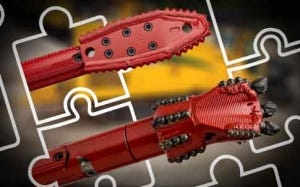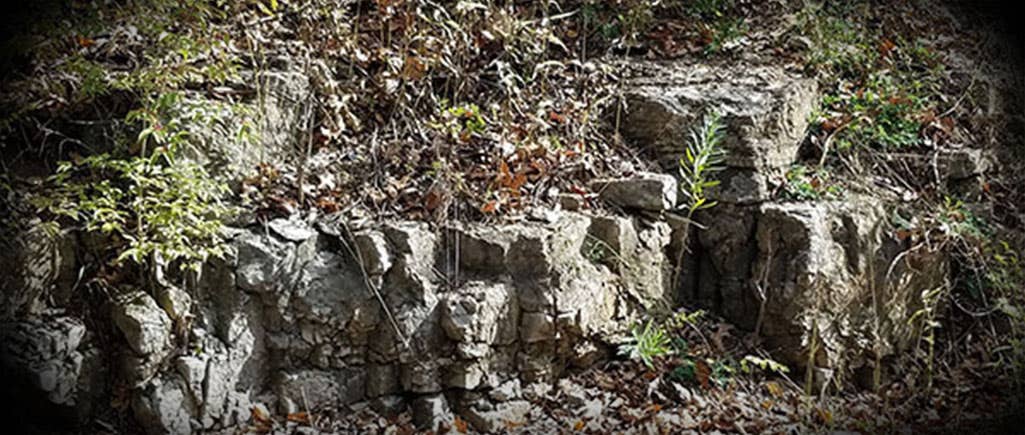
Drilling through rock can be challenging. Even if you think you know exactly what you're getting into, there's always a chance that you'll hit a patch of materials that is harder (or softer, stickier, or cobble-ier) than you were expecting. When drilling through rock, the right HDD tool is the difference between an easy (well, "easy for HDD) job and hours of wasted time. Here’s what you need to know about the types of rock bits on the market—and which is best for the job.
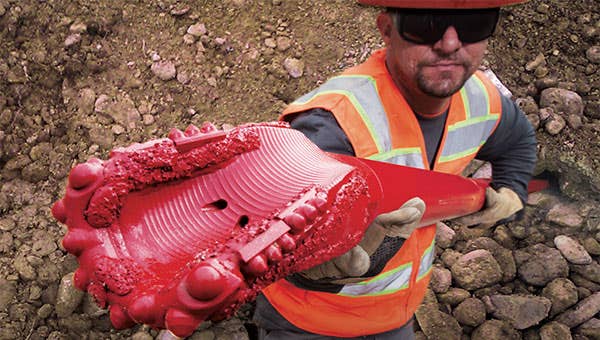
Standard shale: It’s all about fracturing
Though shale is a sedimentary rock, it can get pretty complex. However, the layered composition is an asset when it comes to drilling. The best bits for shale will shatter and crumble the layers, leaving behind pieces that can be easily floated out of the hole. Because shale tends to fracture into flakes along its internal fault lines, you can usually get away with using non-specialty (aka, less expensive) rock drilling bits.
When searching for harsh drilling and backreaming options for shale, look for types of rock bits with strong carbide cutter teeth that will create an initial impact to smash the shale. The bit's rotation will cause the fractures to propagate during drilling, delivering ongoing fracturing/cutting action throughout the bore. 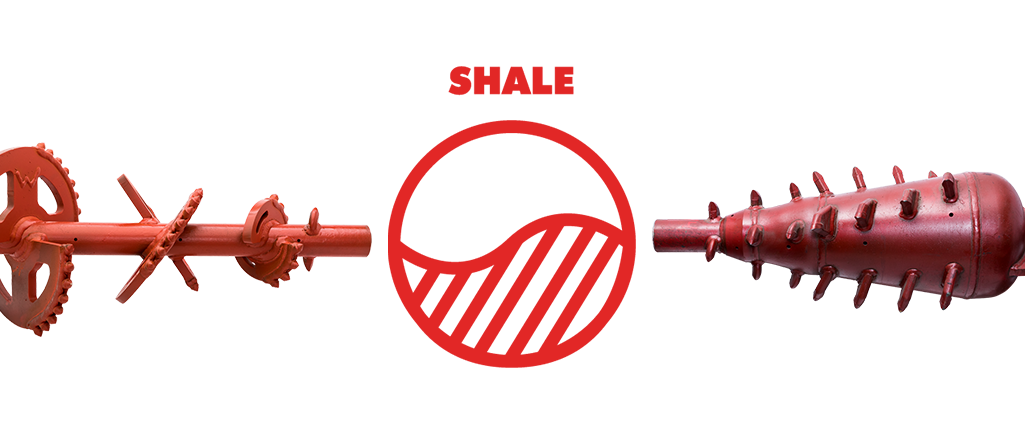
Remember that there's a tradeoff in productivity when drilling in shale. You might be able to get by with a standard fracturing bit, but if you run into extremely hard shale, your progress will slow down, and you'll burn through more teeth and bits. The Eagle Claw SD is a well-structured rock bit for soft shale formations because of the three teeth that cause shale to fracture.
When drilling in shale, you'll need to balance the tradeoffs. If you encounter only a tiny pocket of hard shale along the bore and want to push through it, sticking with your standard carbide bit will likely perform fine.
Cobble: Displacement is key
Although solid rock formations can be very hard and require significant force to break up, cobbles can be the most challenging for HDD. Because of the variation in size and hardness of the material you'll encounter — along with the chance of hole collapse or small rocks jamming up the equipment — there may not be one single hard rock HDD tool that can handle every stretch of your cobble job. 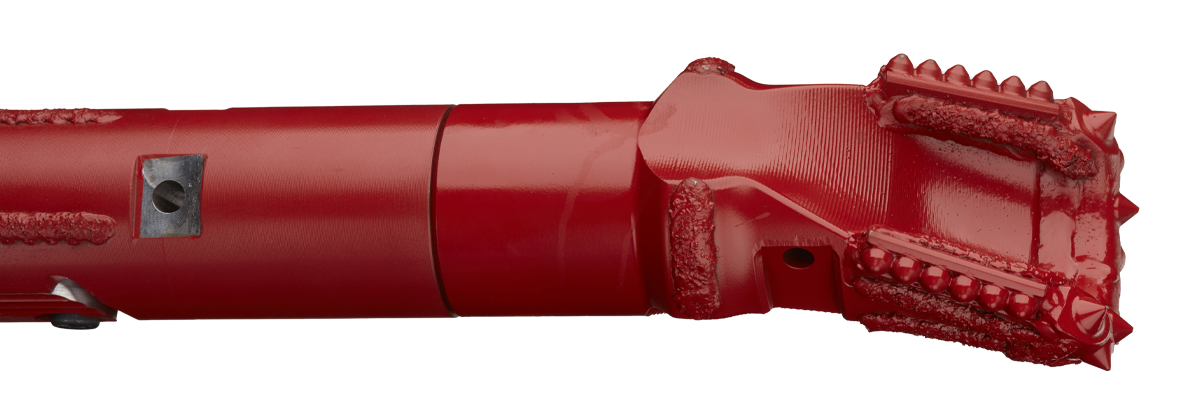
In the Melfred Borzall tool suite, the best choice for drilling through cobble is the Iron Fist. Careful placement of carbide cutters and a concave steer face allows you to "rock" back and forth through the cobble so your tool doesn't snag and get stuck in place. Iron Fist doesn't have steering capabilities, but if you hit a boulder head-on, it does an admirable job of boring straight through.
Sandstone/limestone: PDC
Most jobs in soft, abrasive rocks like sandstone or limestone can also be done with an Eagle Claw SD bit. The three aggressive teeth on an Eagle Claw rock bit (or other tricky drill bits for sandstone) can gouge and penetrate softer rock formations, allowing you to still drill and steer through them. But it can be slow-going. If you have a patch of limestone or encounter it occasionally, then an Eagle Claw — and patience — may work fine.
However, if you need production and are into the hard stuff often, you should consider a polycrystalline diamond compact (PDC) bit. Often used for oil drilling, PDC rock drilling bits feature carbide cutters coated with diamond dust instead of the plain diamond. These workhorse bits can tear through challenging conditions fast, and they last longer and hold up better over time than tricone bits when used appropriately. Their price reflects their construction and capabilities, but if you find yourself drilling in challenging ground conditions often, investing in a PDC bit is worth it.
Hard rock: Tri-cone
If you know that you'll be drilling through rock like shale, hard limestone, or granite for a serious distance, a tri-cone bit (also called a roller-cone bit) should be your go-to. A PDC bit would also work as long as the rock doesn't get too hard — in that case, it's best to stick with a tri-cone bit.
Tri-cone bits feature three small hemispheres held into the body of the bit, each covered with carbide buttons. When the bit is working, these balls rotate independently of one another to deliver unparalleled fracturing and grinding action. The design of the bit forces the rock chips between the cutters, grinding them up even smaller. A tri-cone bit will chew through shale of all densities quickly, so it's a great multi-purpose rock bit.
The only drawback in using types of rock bits like PDC and tri-cone is that what you gain in grinding action, you lose in steering ability. You'll need a mud motor to steer through solid rock with a tri-cone or PDC bit. This setup makes the tri-cone (plus mud motor) a significant investment.
Find the Right Rock Drilling Bits for Your Job at Melfred Borzall
Selecting the right bit for a specific rock type before drilling can save you from wasted time and broken HDD equipment, so choose wisely. There's usually a tradeoff in performance vs. expense, so you'll need to consider what is best for your job now and what you might get the most use out of in the future. You should also consider the overall rock drilling cost and whether it's a viable venture for you. No matter what you decide, when it comes to drilling through rock, don't compromise on quality. Investing in quality HDD tools will always pay off.
Have questions about your rock bore? Let's talk! Your local Melfred Borzall distributor can help.

